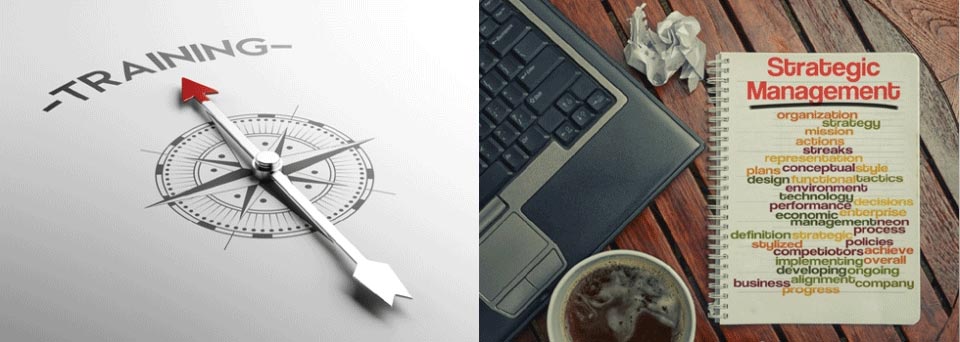Date:- Sept 6th, 2016:How to drive Sales from multi-device Shoppers
Key Speaker: Ms. Pamela Hazelton (Contributing Editor- Practical Ecommerce)
This write-up will explore key points discussed during the webinar. The main focus of the said webinar was to discuss ways in which shoppers using multiple devices can be leveraged to increase sales.
Premise
Shoppers these days browse various outlets online before making their decision. Such browsing does not take place over one device alone, but may be spread across using personal PC, office PC, mobile phone or tablet. A search which may begin randomly at office PC, may culminate using a tablet. Thus focus on people rather than devices is critical. Business analytics compiled by Google confirms that a whopping ninety percent of consumers are multi device users. A study meanwhile says that Americans on average these days own 4 different devices. Maximum sales searches begin on smartphones.
Shopping Windows
A shopping window is the timeframe needed to convert a lead into a final sale. Typically a search may begin early in the morning while traveling for work and may culminate post dinner using home PC. More complicated shopping windows involve several days of a week but again typically closing on weekends. This is the perfect time for organizations to push coupons. Customers typically browse through number of competitor websites during this process and this is the stage where companies can best utilize their digital marketing capabilities. Sometimes during this search process, users may even add more products.
The rise of multiple devices in the sales process has led to a significantly longer conversion window. A seamless transition across devices allows customers the time to optimize their efforts and thus reduced frustration levels. For the marketer this provides a window the opportunity to push remainder emails. Customers often get hassled by having to maintain count on various shopping carts, but this can be helped by the seamless transition discussed about. That is where marketers can step in to ease out the process.
A big challenge as well as opportunity which such long windows present to marketers is the fact that an accurate inventory control needs to be maintained. An item which may have plentiful quantities still in stock may deplete within few days, thus presenting a totally different picture to the customers. Fluctuations in price may lead to further confusion but also benefits to either party. Customer browsing patterns even casual must be tracked as this provides critical business intelligence. The time and day of purchase will help marketers push messages accordingly. For this, cyber security must be assured as carts may be created across several devices leading to risk of security leakages.
Device Conversion Ratios
Certain points have emerged out of marketing research conducted by Google. They are as follows:
A common perception is that tablets convert best while desktops do better business than mobile phones. While this may be true, it overlooks the fact that there is a far higher amount of search using desktops than tablets, which may account for the relatively low conversion rate of the former. The overall numbers in terms of both volume and revenue shows desktops as the best final source.
Maximum users of m-commerce are on Apple’s I Phone or I Pods but Samsung’s Galaxy S6 gives best conversion rate.
Responsive Design
This concept is that which dictates that any e-commerce website must be responsive to customer needs. A lot of companies commit this mistake of developing mobile apps for their products yet ignore the development of a user friendly mobile site. The latter is essential as individuals cannot keep installing large number of apps. So not having a good mobile site will instead stimulate the potential customer to discard the brand altogether.
Cart Abandonment
An unfortunate consequence of present trends is that customers often load up their carts to eventually discard them a few days later. During this interregnum between filling up the e-cart and making the payment, Push messages may be used effectively. The customer must also be educated about potential price fluctuations. Email reminders may also prove effective means of communication during such periods. Most importantly, the customer must be made to realize that products once loaded may see their stocks go empty if there is delay in final decision making. This is a common occurrence and may lead to customer dissatisfaction through no fault of the e-commerce platform.
Choosing the Device
While it is understood that there must be more focus on the people rather than devices, basic understanding of their individual purposes is a must. Desktops are used for deep browsing, shopping or research as opposed to lighter levels with smartphones while tablets fall in the middle category in this regard.
Myriad changes have taken place in the sales process including within online commerce. The longer shopping window and the use of multiple devices are two such. They provide challenges and opportunities for marketers to leverage.
Device Conversion Ratios
Certain points have emerged out of marketing research conducted by Google. They are as follows:
A common perception is that tablets convert best while desktops do better business than mobile phones. While this may be true, it overlooks the fact that there is a far higher amount of search using desktops than tablets, which may account for the relatively low conversion rate of the former. The overall numbers in terms of both volume and revenue shows desktops as the best final source.
Maximum users of m-commerce are on Apple’s I Phone or I Pods but Samsung’s Galaxy S6 gives best conversion rate.
[csblink]



